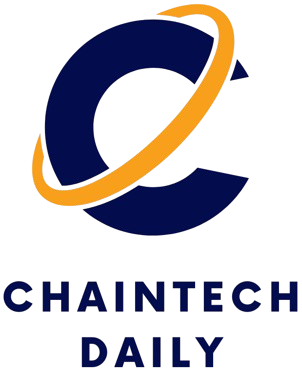
- Linea will auto-stake bridged ETH using Lido V3’s stVaults.
- Users earn passive ETH staking rewards without active input.
- Launch set for October 2025 with strong security safeguards.
In a move that could reshape yield generation on Ethereum Layer 2s, Linea, an Ethereum scaling network developed by Consensys, has unveiled plans to integrate Lido V3’s staking infrastructure.
The new feature, called Native Yield, will automatically stake ETH that users bridge to Linea, allowing DeFi participants to earn Ethereum-native staking rewards without active participation.
Notably, the integration marks a significant departure from traditional incentive models in DeFi, offering a streamlined and sustainable method for yield generation that bypasses the need for token emissions or high-risk lending protocols.
While the official launch is scheduled for October 2025, the announcement has already sparked conversations about its potential impact on Ethereum’s broader ecosystem.
Turning idle Ethereum (ETH) into active DeFi yield
At the core of Linea’s strategy is the belief that ETH capital sitting idle on Layer 2 networks is a missed opportunity.
Currently, ETH bridged to most L2s must be manually deployed in DeFi protocols to generate returns.
However, with Native Yield, Linea aims to flip that model by auto-staking bridged ETH via Lido V3’s smart contracts.
This system not only simplifies staking for users but also addresses a broader issue that Linea says is plaguing DeFi: incentive fragmentation.
According to Linea, the current model of chasing high APRs across multiple chains has become unsustainable, with users constantly migrating liquidity for short-term gains.
Native Yield seeks to create a more stable environment by generating sustainable 3–5% staking rewards derived from Ethereum’s proof-of-stake consensus.
Built with Lido V3’s stVaults and safeguards
The technical foundation of this system lies in Lido V3’s stVaults—non-custodial smart contracts designed for trustless staking.
These contracts are operated by Node Operators selected by Linea, and withdrawal keys are held in secure contracts, not by any centralised party.
This design ensures that staking is transparent, permissionless, and secure.
To maintain capital efficiency while ensuring smooth user withdrawals, Linea will implement a Liquidity Buffer.
This buffer consists of unstaked ETH to accommodate high withdrawal demand. In periods where demand exceeds the buffer, users may receive stETH, which can be traded on secondary markets.
This design minimises friction while keeping user funds productive.
Additionally, the system incorporates EIP-7002, a mechanism that allows forced unstaking in the event of governance failures or security risks.
If required, the system can disengage from DAO control using an “escape hatch” mechanism, providing an extra layer of protection for users.
To manage the auto-staking process, Linea has introduced a role called the Native Yield Operator.
This operator is responsible for overseeing the staking flows and ensuring the system stays balanced.
However, governance is not centralised. If liquidity thresholds are breached or performance falters, users themselves can initiate rebalancing actions or trigger withdrawals.
These built-in safeguards aim to make Linea’s staking ecosystem resilient to both operational challenges and governance attacks.
In a space where smart contract risks and centralised control remain key concerns, Linea’s architecture stands out for its proactive risk mitigation measures.
The road ahead
While many L2s rely on token incentives to attract capital, Linea is charting a different course.
By offering sustainable, Ethereum-native yields without the need for token emissions or temporary rewards, Linea believes it can attract long-term capital.
This shift could improve liquidity depth and trade execution, giving the network a competitive edge in the DeFi space.
Still, not everyone is convinced. Lido V3’s stVaults are relatively new and have yet to be tested at scale.
Some critics argue that more established alternatives, such as StakeWise V3 Vaults, may offer a safer route.
Nonetheless, Linea remains committed to its roadmap and has not indicated any changes ahead of its October launch.
Linea’s Native Yield feature is not just a technical upgrade—it is a strategic effort to redefine how Ethereum Layer 2s compete for liquidity.
By combining staking infrastructure, non-custodial design, and a clear governance framework, Linea is positioning itself as a secure, yield-generating hub for ETH.
If the system proves effective in attracting and retaining liquidity, Linea could establish itself as one of the most capital-efficient and Ethereum-aligned L2 networks.
As the October 2025 launch draws closer, all eyes will be on whether this bold approach can deliver both performance and trust at scale.



